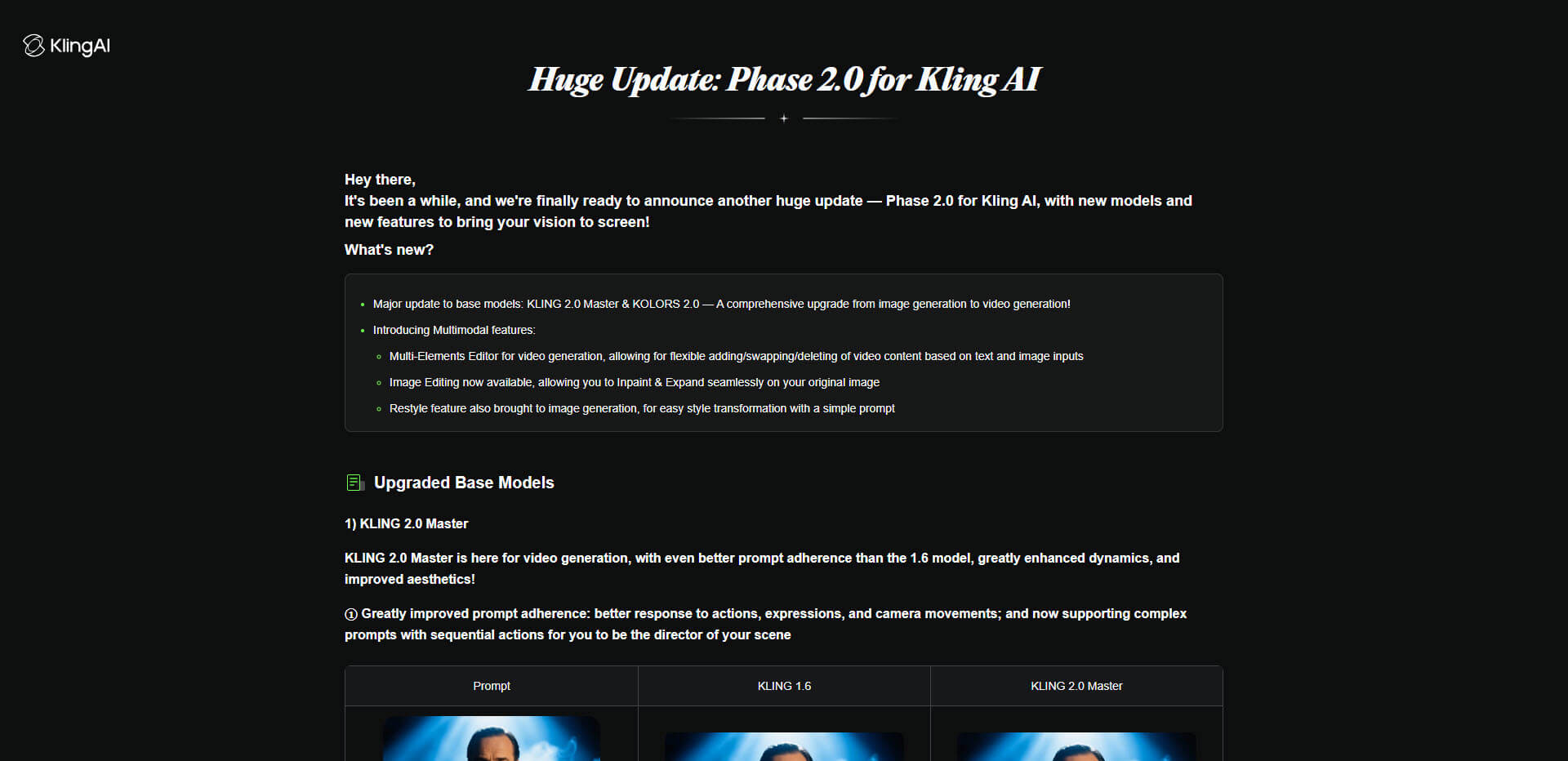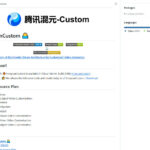Kling AI has achieved a technological breakthrough in AI-generated video creation with the release of Kling 2.0 Master. The new version offers far-reaching improvements in image quality, creative control and enterprise integration, strengthening the company’s position in the growing market for AI-generated media.
Released in April 2025, the update introduces the KLING 2.0 master architecture, which is based on a 32 billion parameter model. This enables the generation of 128-frame videos in 1080p resolution with significantly improved temporal coherence. At the same time, the KOLORS 2.0 image generation engine was implemented, which enables photorealistic images with complex light and material structures thanks to a 9 billion parameter encoder.
Extended creative control
A key feature of the update is object-based motion control, which allows users to apply localized camera movements to specific elements within a scene. Tests show that this feature reduces visual artifacts by 78%. The user interface offers six preset camera profiles as well as user-defined trajectory planning via Bézier curves.
The new version also integrates a real-time style transfer that works with adapter layers trained on over 1,200 artistic styles. Users can combine styles proportionally – for example 60% Art Deco with 40% Cyberpunk – with the system maintaining temporal consistency across all frames.
Comparison with competitors
Compared to OpenAI’s Sora, Kling 2.0 shows higher ratings for narrative coherence in user preference tests (4.2/5 vs. 3.8/5). The frame interpolation latency of 1.2 ms per frame is lower than Sora’s 2.8 ms, which is crucial for real-time applications.
Kling’s pricing model – 66 free daily credits (about 6 videos) and up to 500 credits per day for pro users – offers a cost advantage over competing token-based models. A 10-second clip costs about $0.18 on Kling Pro versus $0.27 for comparable Sora editions. Volume discounts for enterprise users solidify Kling’s position in high-volume workflows.
Key facts about the update:
- KLING 2.0 Master enables 128-frame coherent video synthesis in 1080p resolution
- KOLORS 2.0 offers photorealistic image generation with 39% better CLIP scores compared to Stable Diffusion 4
- Object-based motion control allows camera movements to be applied to specific elements within a scene
- Real-time style transfer with over 1,200 artistic styles
- Enterprise API with GPU-bundled rendering and SLA-backed throughput guarantees
- On-premises support for NVIDIA Ironwood AI chips with 22 FPS inference on 8-chip nodes
- Encrypted watermarks for all outputs with 99.97% recognition accuracy
- 19% reduction in energy consumption per frame compared to the previous version
Source: Kling AI







